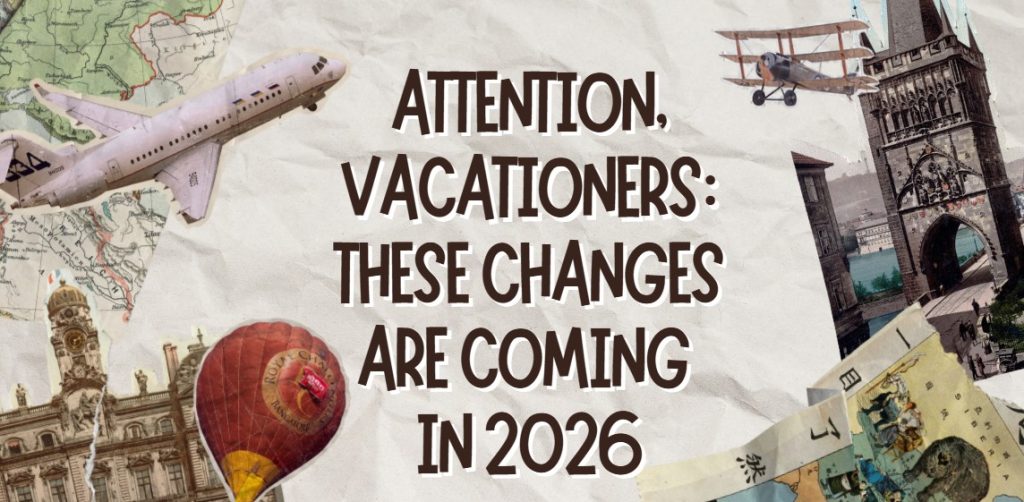Claustrophobia is a type of anxiety disorder that affects millions of people worldwide. It is characterized by an intense fear of enclosed spaces or situations where escape is difficult or impossible.
Early symptoms of claustrophobia can vary from person to person but typically include sweating, rapid heartbeat, shortness of breath, and intense panic or terror. In some cases, people with claustrophobia may also experience dizziness, nausea or trembling.
What are the first symptoms of claustrophobia?
Claustrophobia is a type of anxiety disorder that affects millions of people worldwide. It is characterized by an intense fear of enclosed spaces or situations where escape is difficult or impossible. Early symptoms of claustrophobia can vary from person to person but typically include sweating, rapid heartbeat, shortness of breath and intense panic or terror. In some cases, people with claustrophobia may also experience dizziness, nausea or trembling.
Most common symptoms of claustrophobia
One of the most common early symptoms of claustrophobia is a sense of discomfort in enclosed spaces. These can include elevators, airplanes, or even small windowless rooms.
Early symptoms of claustrophobia
Early symptoms of claustrophobia can vary from person to person but generally include sweating, rapid heartbeat, shortness of breath, and intense panic or terror.
How do people feel?
As the fear intensifies, people with claustrophobia may feel that walls are closing in on them or that they are suffocating.
Dizziness, nausea or trembling
In some cases, people with claustrophobia may also experience dizziness, nausea or tremor.
Fear of losing control
People may also experience a sense of impending doom or fear of losing control.
Symptoms over time
Over time, these symptoms may become more severe and lead to avoiding certain situations or places altogether.
Professional help
If you suspect you have claustrophobia, it is important to seek the help of a mental health professional who can provide a diagnosis and effective treatment options.
- source: Salutisticamente.it/picture: Bild von Donate PayPal Me auf Pixabay
This post has already been read 2477 times!



